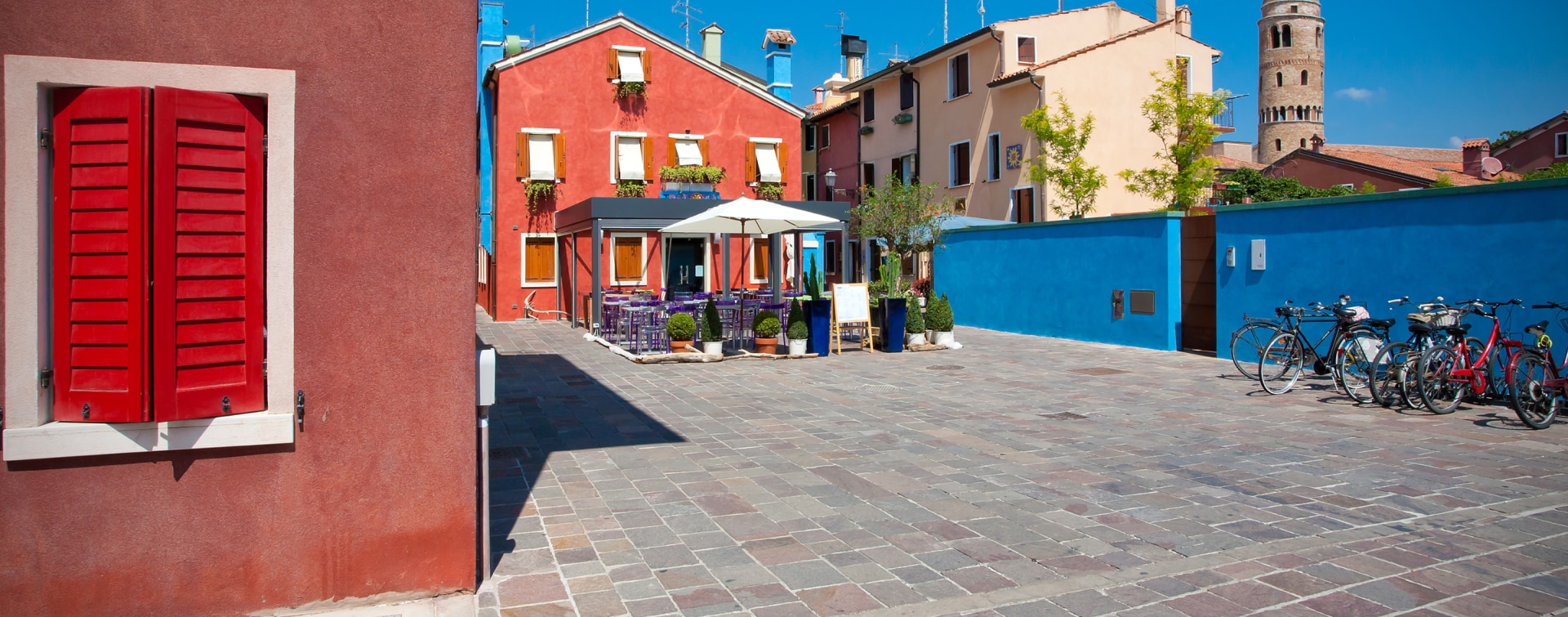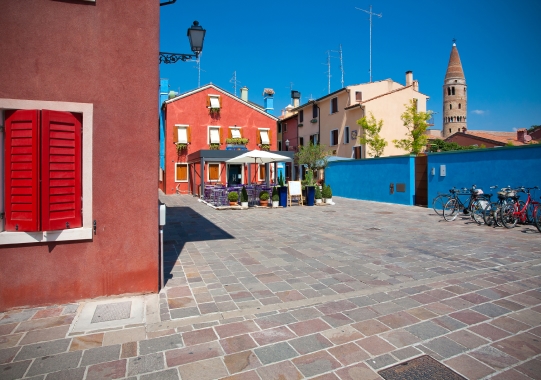
What to see in Caorle



A colourful little town with Venetian charm, where you can stroll through the alleys and stop to savour a Spritz; sanctuaries of great artistic value; the fashionable Darsena dell’Orologio (Dock of the Clock) … Caorle is full of surprises!
The colourful buildings with their iconic external chimneys tell the story of Caorle’s past, closely linked to agricultural and seafaring culture.
The Varrogio Canal is the only one still visible and enters the centre forming a fishing port and calling to mind times when the little town was crossed by a dense network of canals.
Artisan workshops, bars, restaurants and clubs look out onto the alleys, such as Via Maggiore, now Rio Terrà, which come to life especially in the evening.
Do you want an itinerary that will take you to the most important religious buildings in Caorle? Start from the Duomo di Santo Stefano, with its bell tower, 48 m high and a symbol of the town. Continue with the Sanctuary of Madonna dell’Angelo, perhaps Caorle’s first church, representing the close bond between the fishermen and the Virgin Mary.
Other religious buildings not to be missed are the Church of the Madonna di Pompei, the Chiesa delle Grazie and the Church of San Rocco.
The Marina is located next to the historic centre of Caorle and is not only the port and the heart of the town, with 480 moorings, but also a fashionable district where residential buildings act as a backdrop to shops and other places, where you can do some shopping or stop for an aperitif.
The Lagoon of Caorle is a precious ecosystem of overwhelming beauty, to the point that the writer Ernest Hemingway dedicated several pages of his work to it: “Across the River and Into the Trees”. You can explore it by navigating the waterways, or cycling along the banks. Among the sights worth seeing, there are the casoni, the typical cottage dwellings, providing shelter to fishermen, rural workers and hunters for centuries.